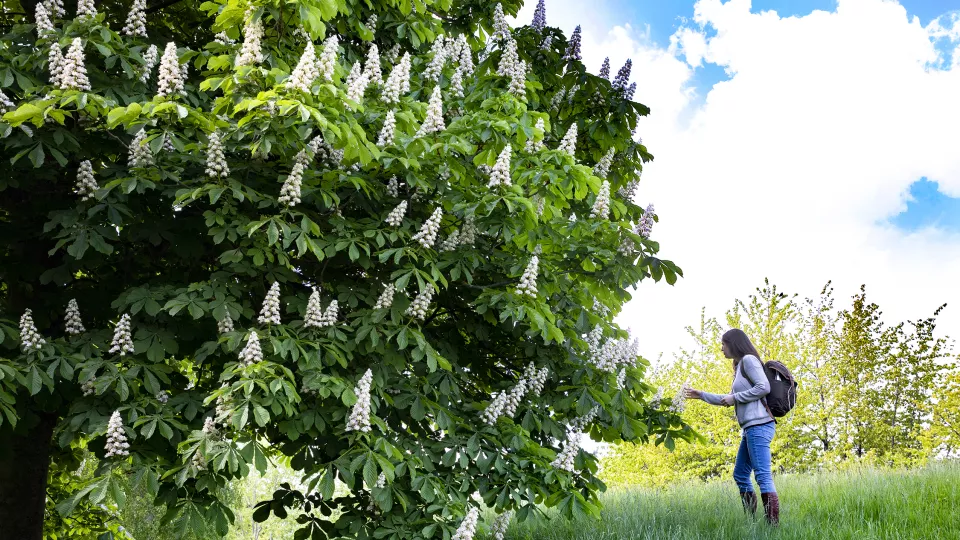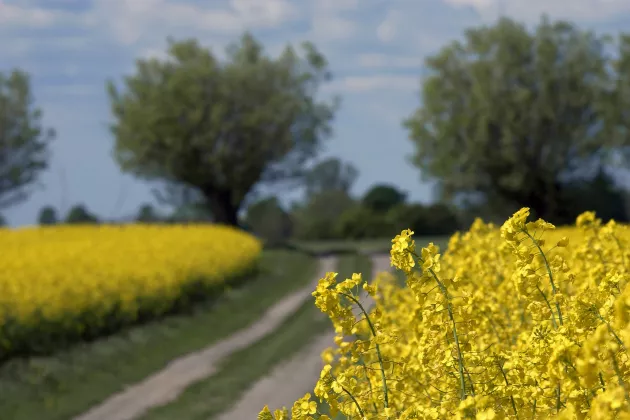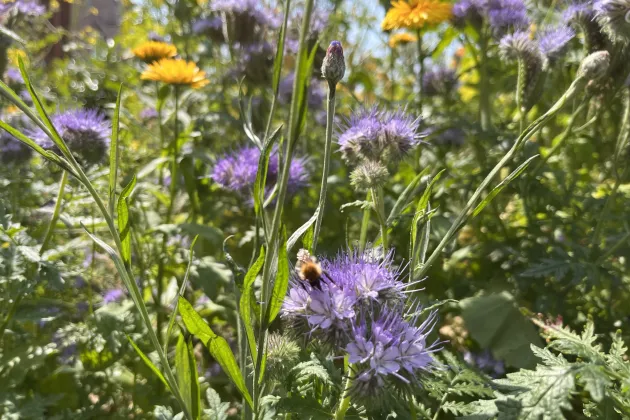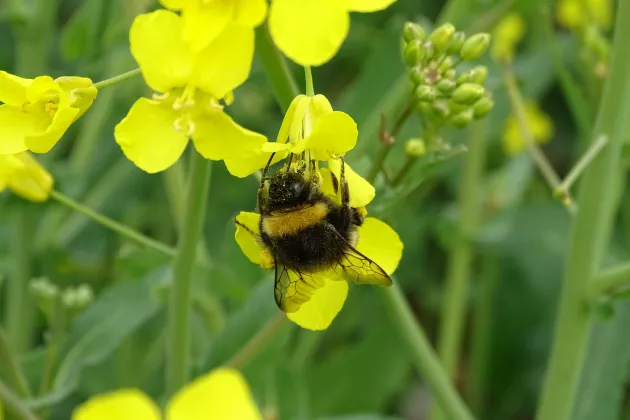If the point is to aid threatened bee species and biodiversity, then a variety of native plants is the way to go. If you are a farmer, with large areas of insect-pollinated crops, it might be easiest to aim for a few species of flower that have lots of nectar and pollen instead.
Lina Herbertsson and Maj Rundlöf, both members of BECC, conduct research on pollination and biodiversity at Lund University. More knowledge and measures are required: According to the statistics, as many as one in three wild bee species is under threat, and the situation for other pollinating insects is almost as bad.
As the ominous numbers have worsened, the public’s enthusiasm for bees, butterflies, hover flies, beetles and other pollinating insects has taken off. People often get in touch with both researchers with questions or experiences they wish to share. The researchers appreciate the interest. At the same time, rather a lot of misunderstandings have emerged, they note.
Continue reading the article at Lund University website: https://www.lunduniversity.lu.se/article/flowers-benefit-both-bees-and-biodiversity





